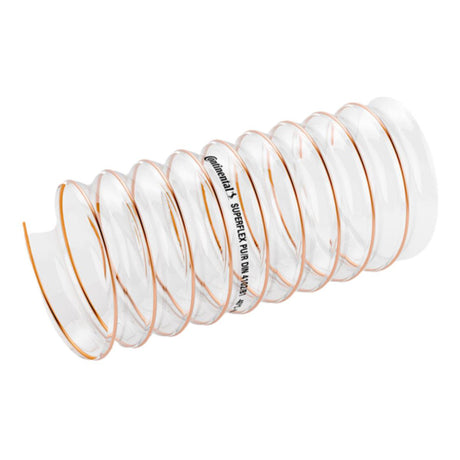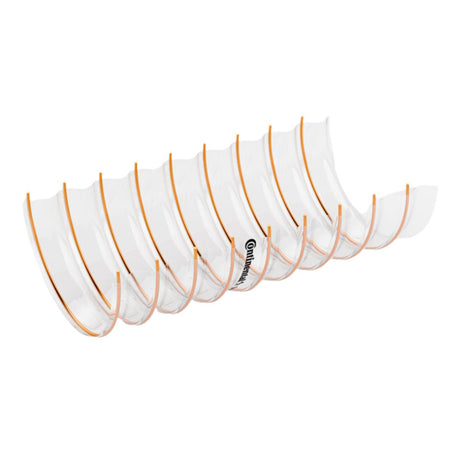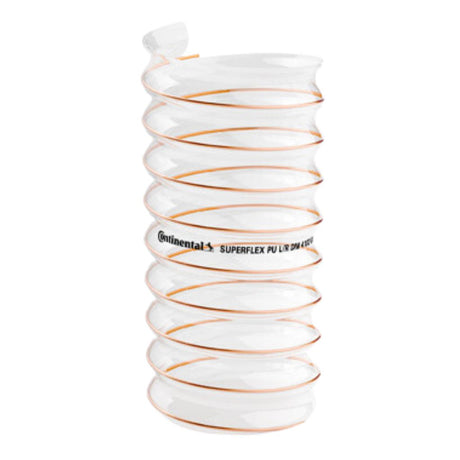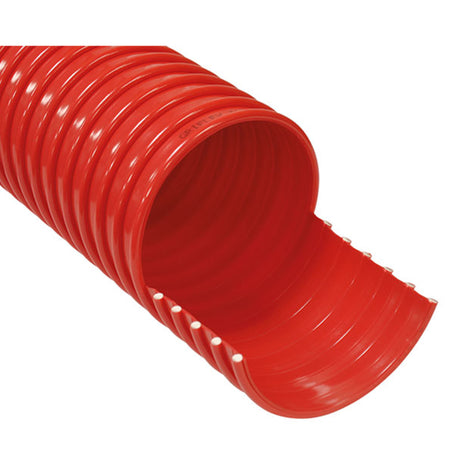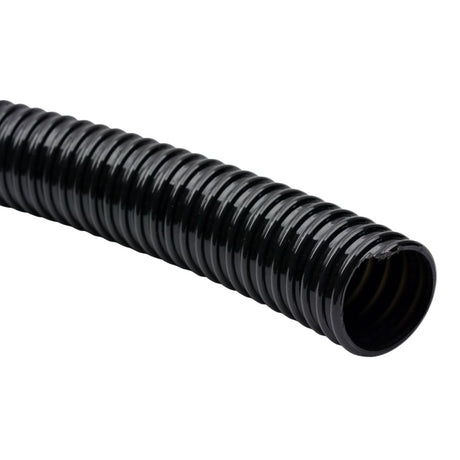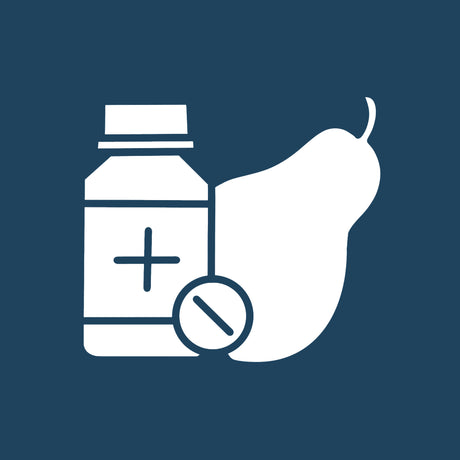Ventilation Ducting
Ventilation ducting serves as the circulatory system for air flow in various types of buildings, including residential, commercial, and industrial spaces. Designed to channel fresh air in and expel stale or contaminated air out, this ducting plays a vital role in maintaining indoor air quality and climate control. It is commonly constructed from materials like galvanized steel, aluminum, or flexible plastics, depending on the specific needs of the application.
- Featured
- Best selling
- Alphabetically, A-Z
- Alphabetically, Z-A
- Price, low to high
- Price, high to low
- Date, old to new
- Date, new to old
FiltersFilter & Sort
Master PU L-F Lightweight Delivery Hose
£0.00Unit price /UnavailableContinental Superflex PU LR DIN 4102-B1 S&D Hose
£0.00Unit price /UnavailableGriflex CVLFR Flame Retardant High Flexibility Ducting Hose
£0.00Unit price /UnavailableSuperflex Smooth Bore PVC Ducting Hose
£0.00Unit price /Unavailable
Interested in a Quote?

Hose Couplings & Fittings
Hose couplings and fittings are essential components used to connect, adapt, or control the flow of fluid in various hose assemblies. These components can be found in a myriad of applications such as water supply, hydraulic systems, and industrial processes. Couplings come in different shapes, materials, and sizes - ranging from simple clamps and sleeves to more complex quick-connect or threaded fixtures.
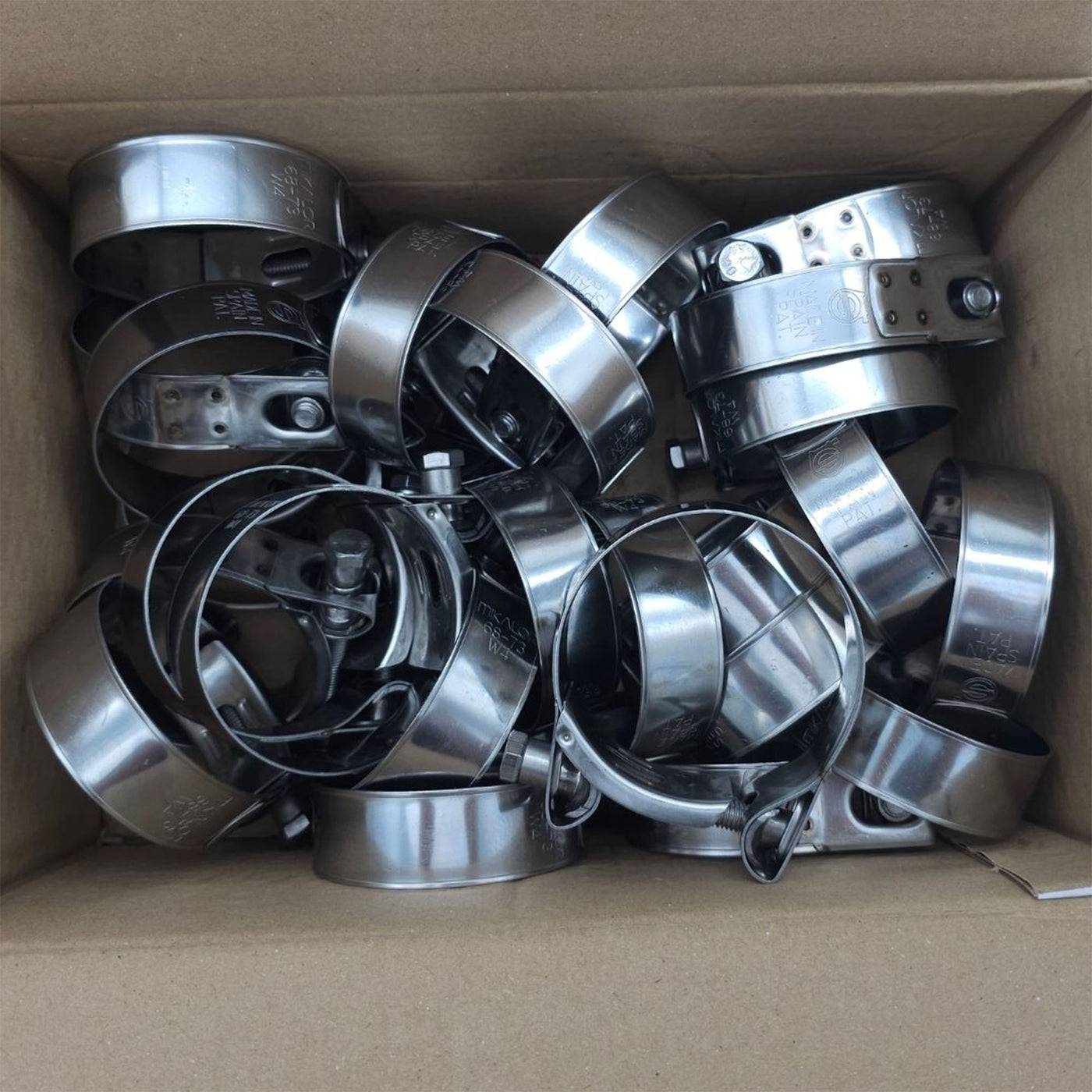
Hose Clips & Clamps
Hose clips and clamps are mechanical devices specifically designed to secure hoses onto fittings, thereby preventing unwanted fluid leakage or detachment. These components are vital in various applications, such as automotive systems, industrial machinery, and plumbing. Made from materials like stainless steel, plastic, or even heavy-duty rubber, hose clips and clamps can range from simple wire forms to more elaborate quick-release or adjustable types.
Shop our Catalogue
- Hoses & Ducting
- Clips & Clamps
- Couplings & Fittings
- Tanker Parts
- Industrial Hoses
- Ducting Hoses
- PVC Hoses
- Hose Accessories
- Hose Manufacturers
- Clips & Clamps
- Clamp Material
- Manufacturers
- All Couplings & Fittings
- Unicone
- Bauer
- BSP
- Camlock
- Guillemin
- Lever Lock
- RJT
- DIN 11851
- Storz
- Tank Wagon
- Toggle
- URT
- Wilcox
- Hose Carriers
- Valves
- Aeration & Filters
- Bowls, Outlet & Discharge
- Tanker Body Parts
- Chassis Body Parts
- Engine Parts
-
 Bulk Material Hoses
Bulk Material Hoses
-
 Food Safe Hoses
Food Safe Hoses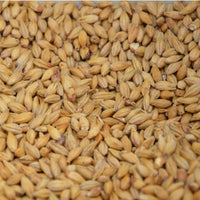
-
 Silo Vehicle Hoses
Silo Vehicle Hoses
-
 Water & Liquid Hoses
Water & Liquid Hoses
-
 Automotive Hoses
Automotive Hoses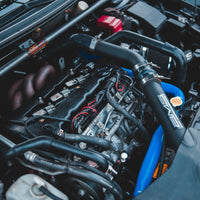
-
 Composite Hoses
Composite Hoses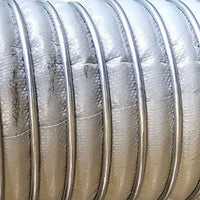
-
 Agricultural Hoses
Agricultural Hoses
-
 Stainless Steel Hoses
Stainless Steel Hoses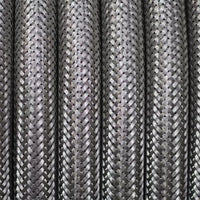
-
 Abrasion Resistant (PU) Ducting
Abrasion Resistant (PU) Ducting
-
 Anti-static Ducting
Anti-static Ducting
-
 Food & Pharma Ducting
Food & Pharma Ducting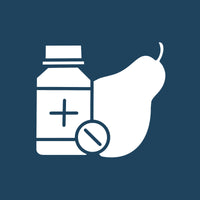
-
 High Temperature Ducting
High Temperature Ducting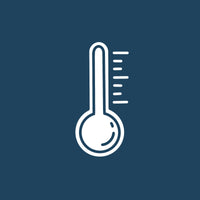
-
 Ventilation Ducting
Ventilation Ducting
-
 Suction & Delivery Hoses
Suction & Delivery Hoses
-
 Wire Reinforced Hoses
Wire Reinforced Hoses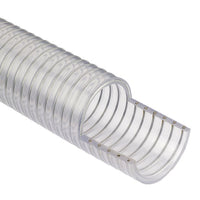
-
 Braided & Tubing Hoses
Braided & Tubing Hoses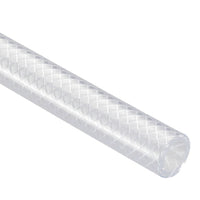
-
 Layflat Hoses
Layflat Hoses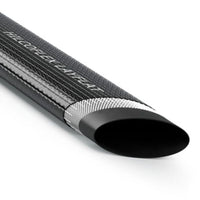
-
 Anti-Scuff
Anti-Scuff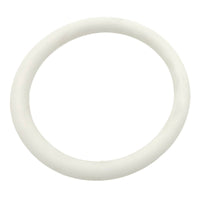
-
 ID Tags
ID Tags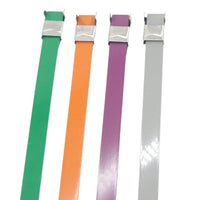
-
 Whipcheck Safety Cables
Whipcheck Safety Cables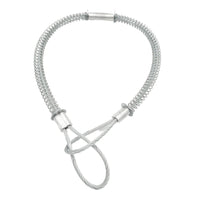
-
 Alfagomma
Alfagomma
-
 Continental
Continental
-
 Copely
Copely
-
 Gollmer & Hummel
Gollmer & Hummel
-
 Griflex
Griflex
-
 IVG
IVG
-
 Masterflex
Masterflex
-
 Thor
Thor
-
 Trelleborg
Trelleborg
-
 Band-it
Band-it
-
 Constant Tension Clamps
Constant Tension Clamps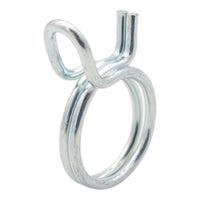
-
 Ear 'O' Clips
Ear 'O' Clips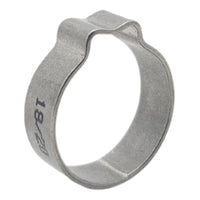
-
 P-Clips
P-Clips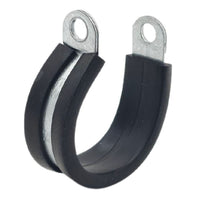
-
 T Bolt Clamps
T Bolt Clamps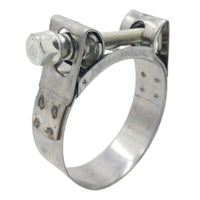
-
 T Screw Clamps
T Screw Clamps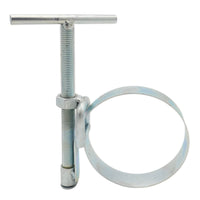
-
 Worm Drive Clamps
Worm Drive Clamps
-
 Safety Clamps
Safety Clamps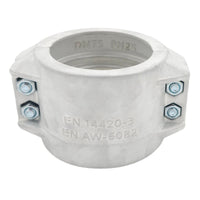
-
 W1 - Mild Steel
W1 - Mild Steel
-
 W2 - Part Stainless (430)
W2 - Part Stainless (430)
-
 W3 - Full Stainless (430)
W3 - Full Stainless (430)
-
 W4 - Full Stainless (304)
W4 - Full Stainless (304)
-
 W5 - Full Stainless (316)
W5 - Full Stainless (316)
-
 Mikalor
Mikalor
-
 JCS
JCS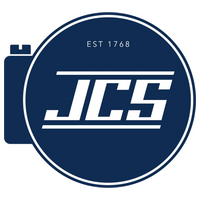
-
 Norma
Norma
-
 Unicone Couplings
Unicone Couplings
-
 Bauer Couplings
Bauer Couplings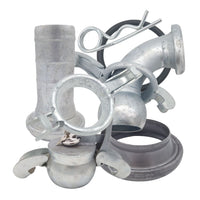
-
 BSP Couplings
BSP Couplings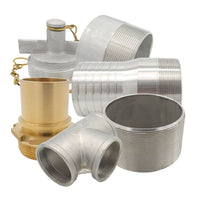
-
 Camlock Couplings
Camlock Couplings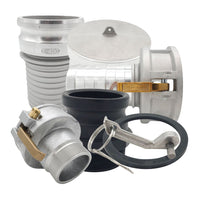
-
 Geka Couplings
Geka Couplings
-
 Guillemin Couplings
Guillemin Couplings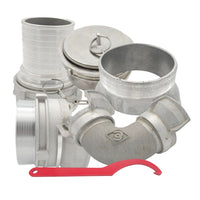
-
 Instantaneous Couplings
Instantaneous Couplings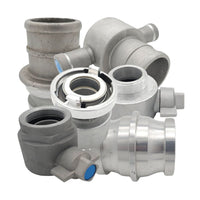
-
 Lever Lock Couplings
Lever Lock Couplings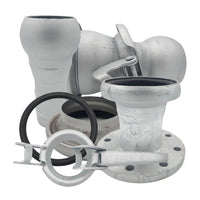
-
 RJT Couplings
RJT Couplings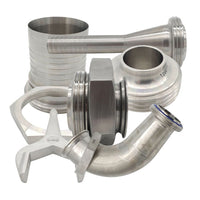
-
 DIN 11851 Couplings
DIN 11851 Couplings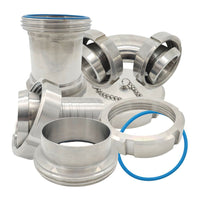
-
 SMS Couplings
SMS Couplings
-
 Storz Couplings
Storz Couplings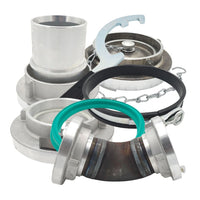
-
 Tank Wagon Couplings
Tank Wagon Couplings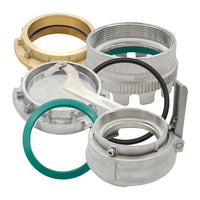
-
 Toggle Couplings
Toggle Couplings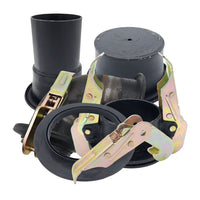
-
 URT Couplings
URT Couplings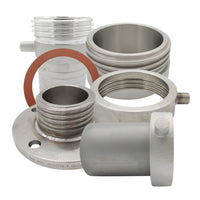
-
 Wilcox Couplings
Wilcox Couplings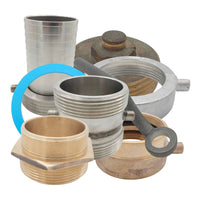
-
 Unicone Blanks
Unicone Blanks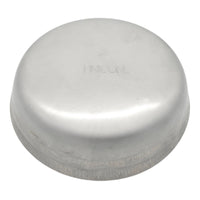
-
 Unicone Clamps
Unicone Clamps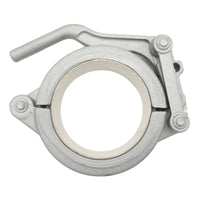
-
 Unicone Hose Tails
Unicone Hose Tails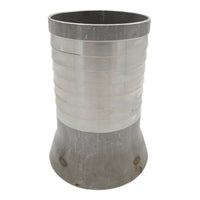
-
 Unicone Elbows
Unicone Elbows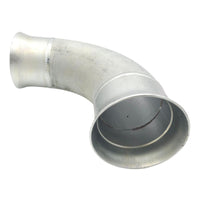
-
 Unicone Adaptors
Unicone Adaptors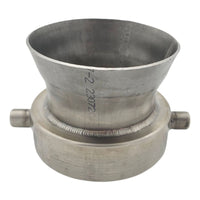
-
 Unicone Seals
Unicone Seals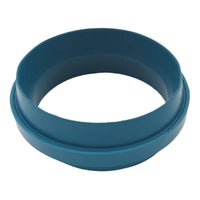
-
 Unicone Threaded
Unicone Threaded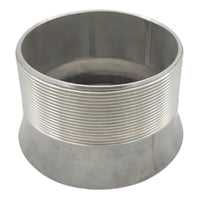
-
 Unicone Weld On
Unicone Weld On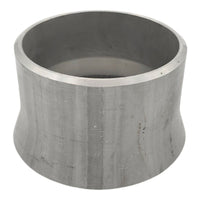
-
 Unicone Parts
Unicone Parts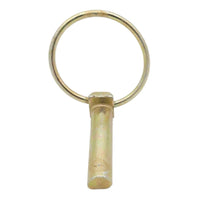
-
 Bauer Blanks
Bauer Blanks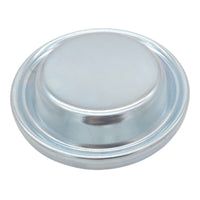
-
 Bauer Hose Tails
Bauer Hose Tails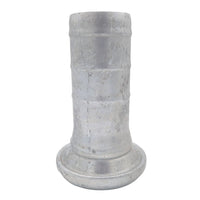
-
 Bauer Adaptors
Bauer Adaptors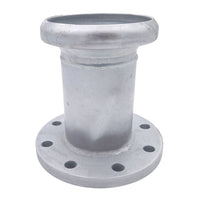
-
 Bauer Bends
Bauer Bends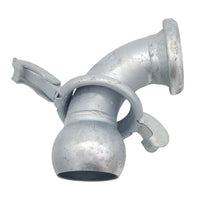
-
 Bauer Seals
Bauer Seals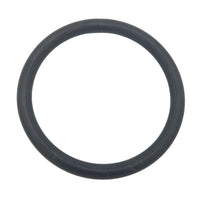
-
 Bauer Weld On
Bauer Weld On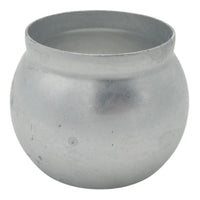
-
 Bauer Strainers
Bauer Strainers
-
 Bauer T-Pieces
Bauer T-Pieces
-
 Bauer Y-Pieces
Bauer Y-Pieces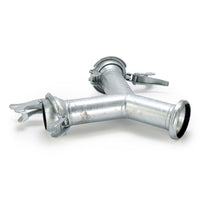
-
 Bauer Parts
Bauer Parts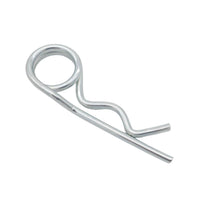
-
 BSP Blanks
BSP Blanks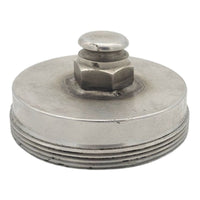
-
 BSP Hose Tails
BSP Hose Tails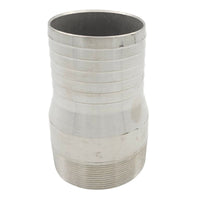
-
 BSP Nipples
BSP Nipples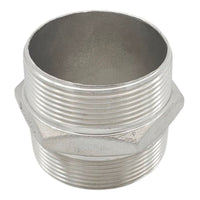
-
 BSP Sockets
BSP Sockets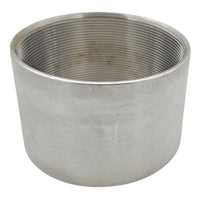
-
 BSP Reducers
BSP Reducers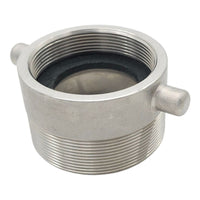
-
 BSP Stubs
BSP Stubs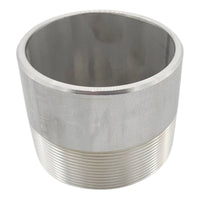
-
 BSP Adaptors
BSP Adaptors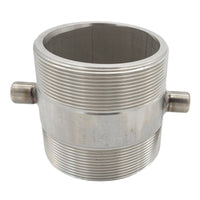
-
 BSP Bends
BSP Bends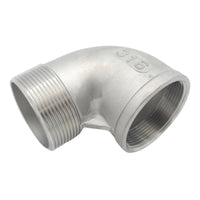
-
 BSP Spanners
BSP Spanners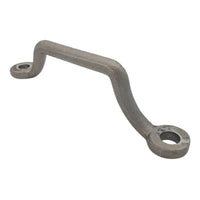
-
 Camlock Blanks
Camlock Blanks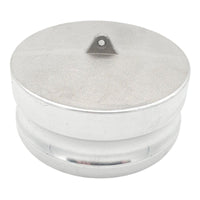
-
 Camlock Hose Tails
Camlock Hose Tails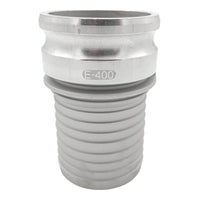
-
 Camlock Adaptors
Camlock Adaptors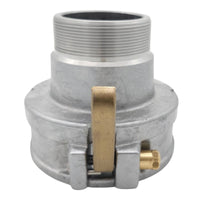
-
 Camlock Reducers
Camlock Reducers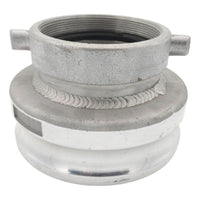
-
 Camlock Seals
Camlock Seals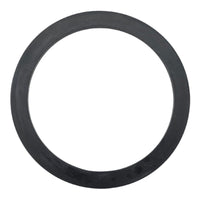
-
 Camlock Parts
Camlock Parts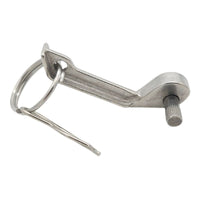
-
 Guillemin Blanks
Guillemin Blanks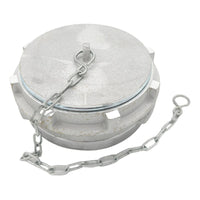
-
 Guillemin Hose Tails
Guillemin Hose Tails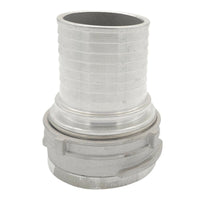
-
 Guillemin Adaptors
Guillemin Adaptors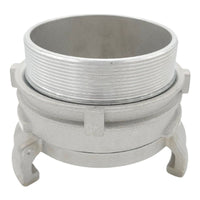
-
 Guillemin Reducers
Guillemin Reducers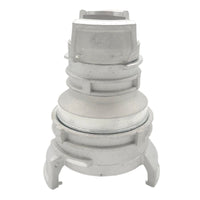
-
 Guillemin Bends
Guillemin Bends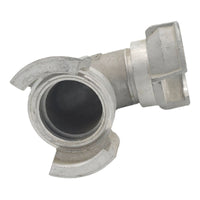
-
 Guillemin Seals
Guillemin Seals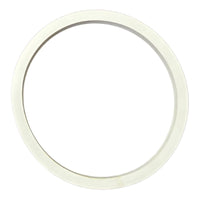
-
 Guillemin Parts
Guillemin Parts
-
 Lever Lock Blanks
Lever Lock Blanks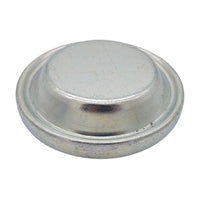
-
 Lever Lock Hose Tails
Lever Lock Hose Tails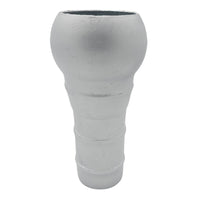
-
 Lever Lock Adaptors
Lever Lock Adaptors
-
 Lever Lock Bends
Lever Lock Bends
-
 Lever Lock Reducers
Lever Lock Reducers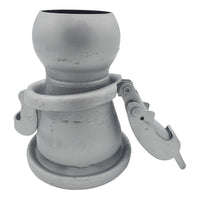
-
 Lever Lock Weld On
Lever Lock Weld On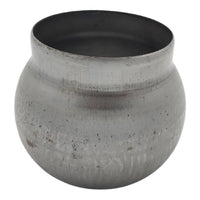
-
 Lever Lock Threaded
Lever Lock Threaded
-
 Lever Lock T Pieces
Lever Lock T Pieces
-
 Lever Lock Seals
Lever Lock Seals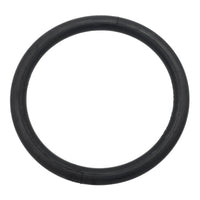
-
 Lever Lock Parts
Lever Lock Parts
-
 RJT Blanks
RJT Blanks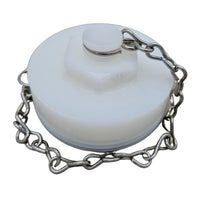
-
 RJT Hose Tails
RJT Hose Tails
-
 RJT Adaptors
RJT Adaptors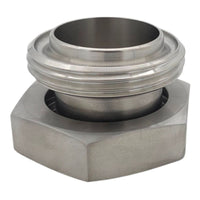
-
 RJT Reducers
RJT Reducers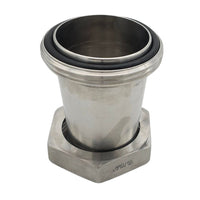
-
 RJT Bends
RJT Bends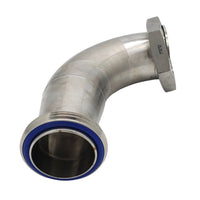
-
 RJT Seals
RJT Seals
-
 RJT Parts
RJT Parts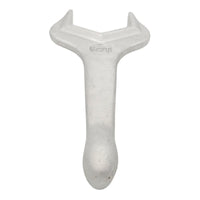
-
 DIN 11851 Blanks
DIN 11851 Blanks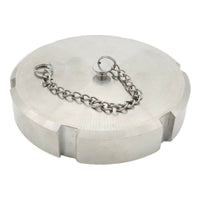
-
 DIN 11851 Hose Tails
DIN 11851 Hose Tails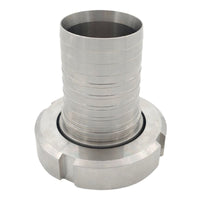
-
 DIN 11851 Adaptors
DIN 11851 Adaptors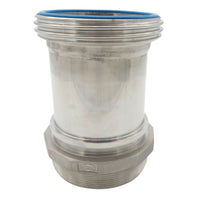
-
 DIN 11851 Reducers
DIN 11851 Reducers
-
 DIN 11851 Weld On
DIN 11851 Weld On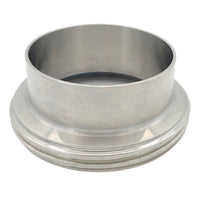
-
 DIN 11851 Seals
DIN 11851 Seals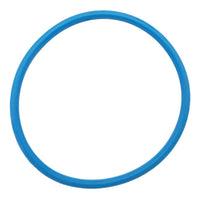
-
 Storz Blanks
Storz Blanks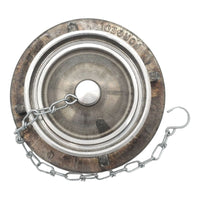
-
 Storz Straps
Storz Straps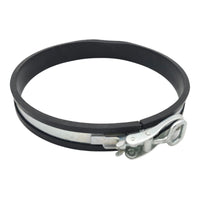
-
 Storz Hose Tails
Storz Hose Tails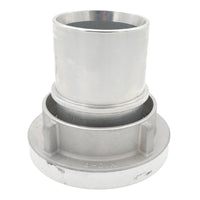
-
 Storz Bends
Storz Bends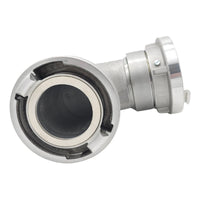
-
 Storz Adaptors
Storz Adaptors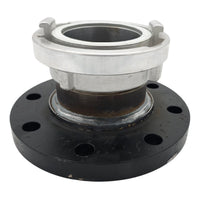
-
 Storz Threaded
Storz Threaded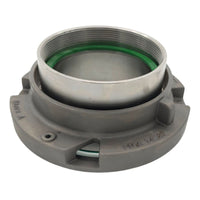
-
 Storz Reducers
Storz Reducers
-
 Storz Seals
Storz Seals
-
 Storz Spanners
Storz Spanners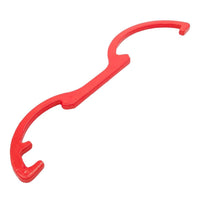
-
 Storz Parts
Storz Parts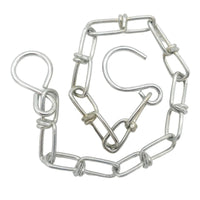
-
 Tank Wagon Blanks
Tank Wagon Blanks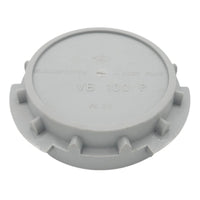
-
 Tank Wagon VK Males
Tank Wagon VK Males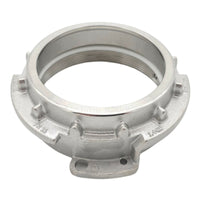
-
 Tank Wagon MK Females
Tank Wagon MK Females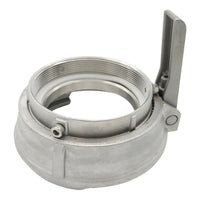
-
 Tank Wagon Crowns
Tank Wagon Crowns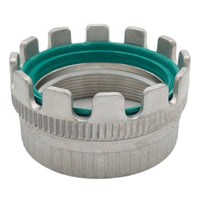
-
 Tank Wagon Locking Rings
Tank Wagon Locking Rings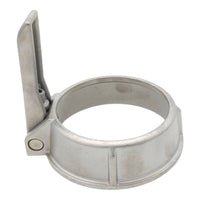
-
 Tank Wagon Seals
Tank Wagon Seals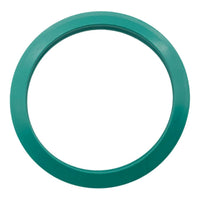
-
 Tank Wagon Parts
Tank Wagon Parts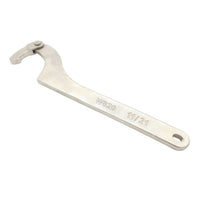
-
 Toggle Blanks
Toggle Blanks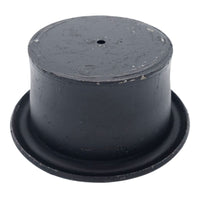
-
 Toggle Hose Tails
Toggle Hose Tails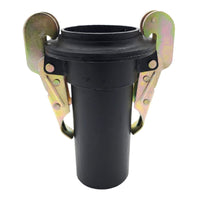
-
 Toggle Bends
Toggle Bends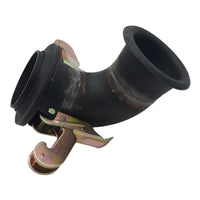
-
 Toggle Weld On
Toggle Weld On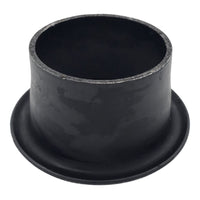
-
 Toggle Seals
Toggle Seals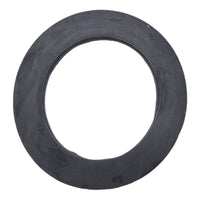
-
 Toggle Parts
Toggle Parts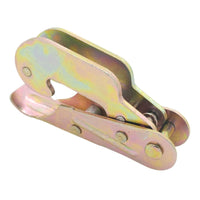
-
 URT Hose Tails
URT Hose Tails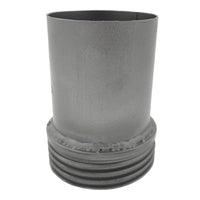
-
 URT Adaptors
URT Adaptors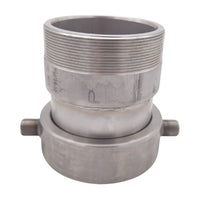
-
 URT Reducers
URT Reducers
-
 URT Weld On
URT Weld On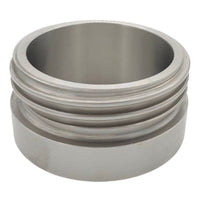
-
 URT Seals
URT Seals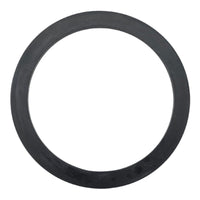
-
 URT Parts
URT Parts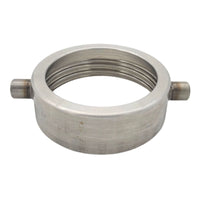
-
 Wilcox Blanks
Wilcox Blanks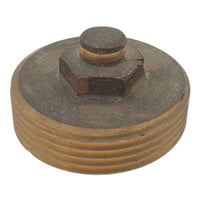
-
 Wilcox Hose Tails
Wilcox Hose Tails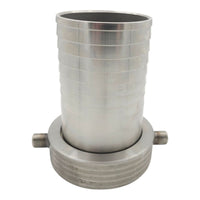
-
 Wilcox Adaptors
Wilcox Adaptors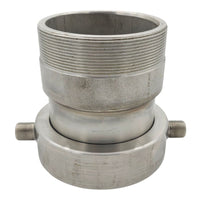
-
 Wilcox Weld On
Wilcox Weld On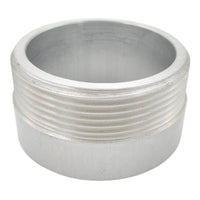
-
 Wilcox Seals
Wilcox Seals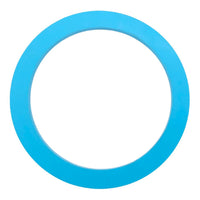
-
 Wilcox Nuts
Wilcox Nuts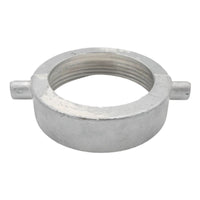
-
 Wilcox Parts
Wilcox Parts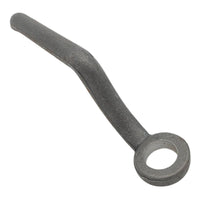
-
 Hose Carrier Tubes
Hose Carrier Tubes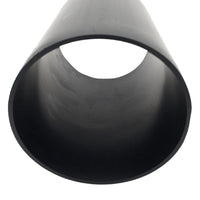
-
 Hose Carrier Doors
Hose Carrier Doors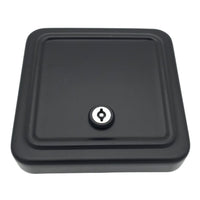
-
 Hose Carrier Blanks
Hose Carrier Blanks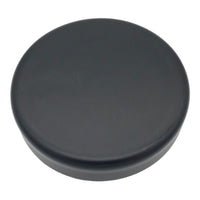
-
 Hose Carrier Brackets
Hose Carrier Brackets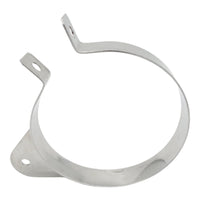
-
 Hose Carrier Locks
Hose Carrier Locks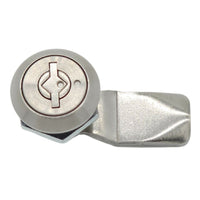
-
 Hose Carrier Keys
Hose Carrier Keys
-
 Hose Carrier Accessories
Hose Carrier Accessories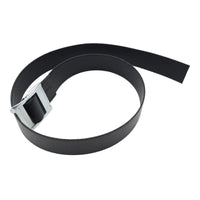
-
 Air Shut Off Valves
Air Shut Off Valves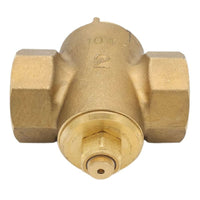
-
 Ball Valves & Accelerators
Ball Valves & Accelerators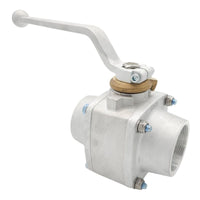
-
 Butterfly Valves
Butterfly Valves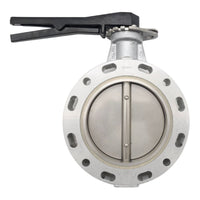
-
 Diaphragm Valves
Diaphragm Valves
-
 Gate Valves
Gate Valves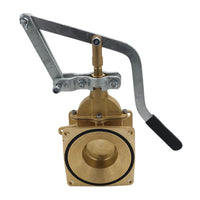
-
 Non Return Valves
Non Return Valves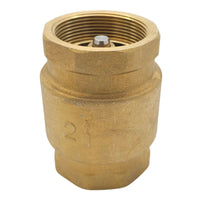
-
 Pinch Valves
Pinch Valves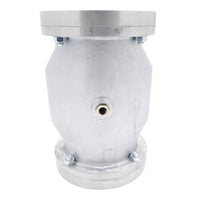
-
 Pressure Relief Valves
Pressure Relief Valves
-
 Universal Joints
Universal Joints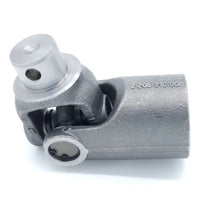
-
 Aeration Pads
Aeration Pads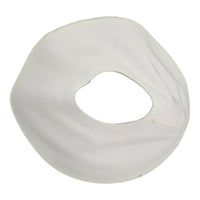
-
 Aeration Socks
Aeration Socks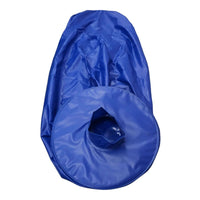
-
 Aeration Valves
Aeration Valves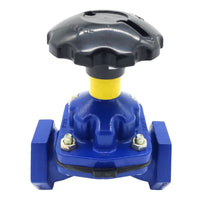
-
 Air Filters
Air Filters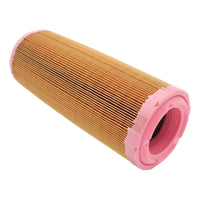
-
 Compressor Filters
Compressor Filters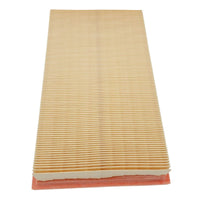
-
 Vent Silencers
Vent Silencers
-
 Discharge Elbows
Discharge Elbows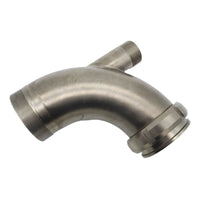
-
 Drain Pots & Outlet Connection
Drain Pots & Outlet Connection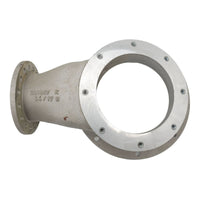
-
 Flanges
Flanges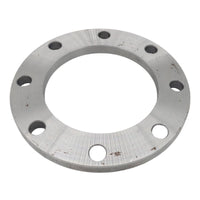
-
 Manlid & Accessories
Manlid & Accessories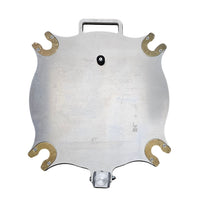
-
 Material Line
Material Line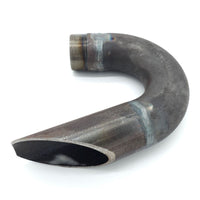
-
 Sight Glasses
Sight Glasses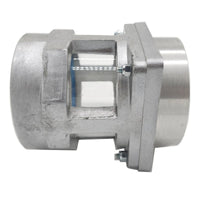
-
 Accessories
Accessories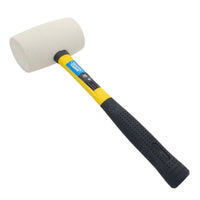
-
 Air Manifold
Air Manifold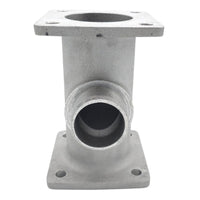
-
 Anti Static & Earthing
Anti Static & Earthing
-
 Gas Struts & Pneumatic Cylinders
Gas Struts & Pneumatic Cylinders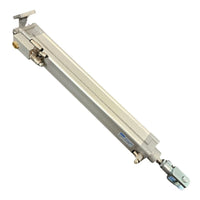
-
 Gauges & Thermometers
Gauges & Thermometers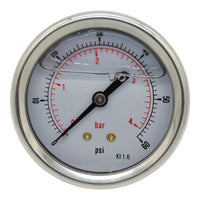
-
 Handrail & Catwalk Parts
Handrail & Catwalk Parts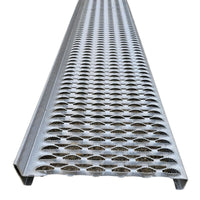
-
 Information Holders
Information Holders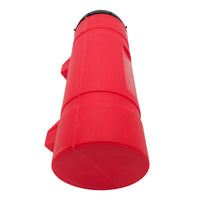
-
 Lighting & Electronics
Lighting & Electronics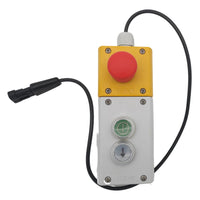
-
 Load Security
Load Security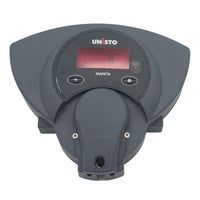
-
 Locks & Catches
Locks & Catches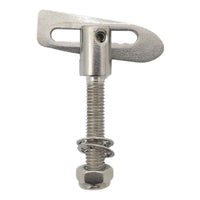
-
 Sensors
Sensors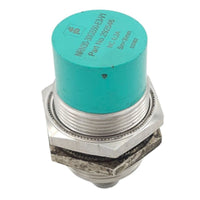
-
 Air Tanks
Air Tanks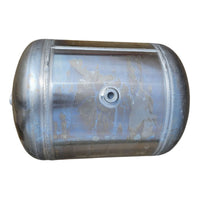
-
 Axle Catch Ropes
Axle Catch Ropes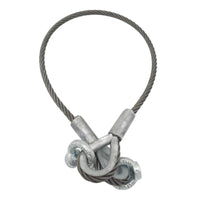
-
 Bumpers, Brackets & LED
Bumpers, Brackets & LED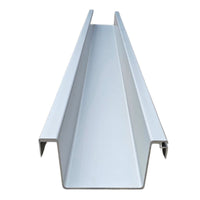
-
 Landing Leg Brackets
Landing Leg Brackets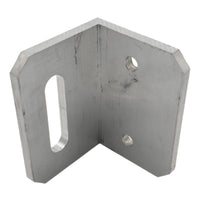
-
 Mudguards & Brackets
Mudguards & Brackets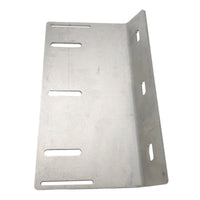
-
 Side Guards
Side Guards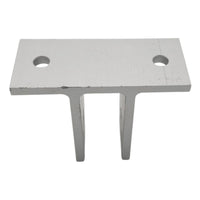
-
 Tool Boxes
Tool Boxes
-
 Air Filter Indicators
Air Filter Indicators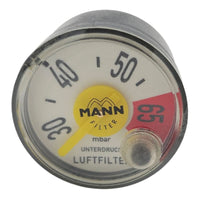
-
 Control Panel
Control Panel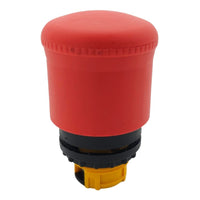
-
 Drive Couplings & Clutches
Drive Couplings & Clutches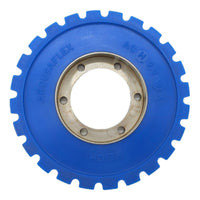
-
 Electric Tip
Electric Tip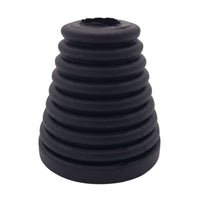
-
 Engine Mountings
Engine Mountings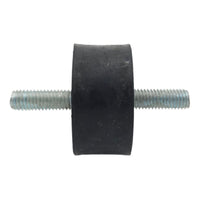
-
 Fuel Tanks
Fuel Tanks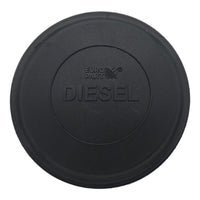
-
 Hand Throttle
Hand Throttle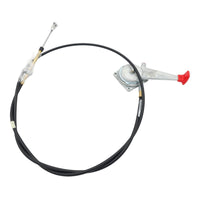
-
 JCB & Yanmar
JCB & Yanmar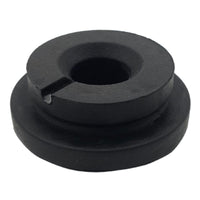
-
 PTO / Hydraulic
PTO / Hydraulic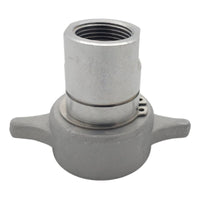
Ventilation ducting plays a crucial role in distributing air throughout a building or structure, providing a path for either supply air, return air, or exhaust air. It's an integral part of HVAC (Heating, Ventilation, and Air Conditioning) systems used in residential, commercial, and industrial settings. Here are some of the benefits of using ventilation ducting:
Air Quality and Health
-
Improved Air Quality: Ventilation ducting helps in the removal of pollutants, allergens, and odors, contributing to a healthier indoor environment.
-
Humidity Control: By facilitating air circulation, ventilation ducting can help in maintaining optimal levels of humidity, reducing the risk of mold growth.
-
Temperature Control: Efficient ducting ensures that conditioned air reaches all areas, keeping a consistent temperature throughout the building.
Operational Efficiency
-
Energy Efficiency: Well-designed and installed ducting can optimize airflow, reducing the load on HVAC systems and potentially saving energy costs.
-
Noise Reduction: Properly insulated and sized ducting can contribute to quieter operation of the HVAC system.
-
Zoning Capabilities: In sophisticated systems, ducting can be designed to deliver variable airflow to different zones, allowing for customized temperature settings.
Flexibility and Design
-
Design Flexibility: Ducting can be designed to fit almost any building layout, providing architects and engineers greater flexibility.
-
Aesthetic Appeal: Modern ducting options can be designed to align with the aesthetic elements of a space.
-
Scalability: Ventilation systems can be scaled up or down by adding or removing ductwork, making it adaptable to changing needs.
Safety and Comfort
-
Fire Safety: Special fire-resistant ducting materials can contain the spread of fire and smoke within a building.
-
Comfort: Efficient ducting contributes to a more comfortable living or working environment by ensuring optimal air quality and temperature.
Cost-Effectiveness
-
Lower Maintenance: Quality ducting systems often require less maintenance, resulting in long-term cost savings.
-
Longevity: When made from durable materials and properly maintained, ventilation ducting can have a long lifespan, providing good value for the investment.
When considering ventilation ducting, it's essential to consult with HVAC professionals to ensure that the system is designed and installed correctly, taking into account factors like building size, airflow requirements, and environmental conditions.

Subscribe to our emails
Be the first to know about our new products including hoses, couplings, clips, clamps & tanker parts.


